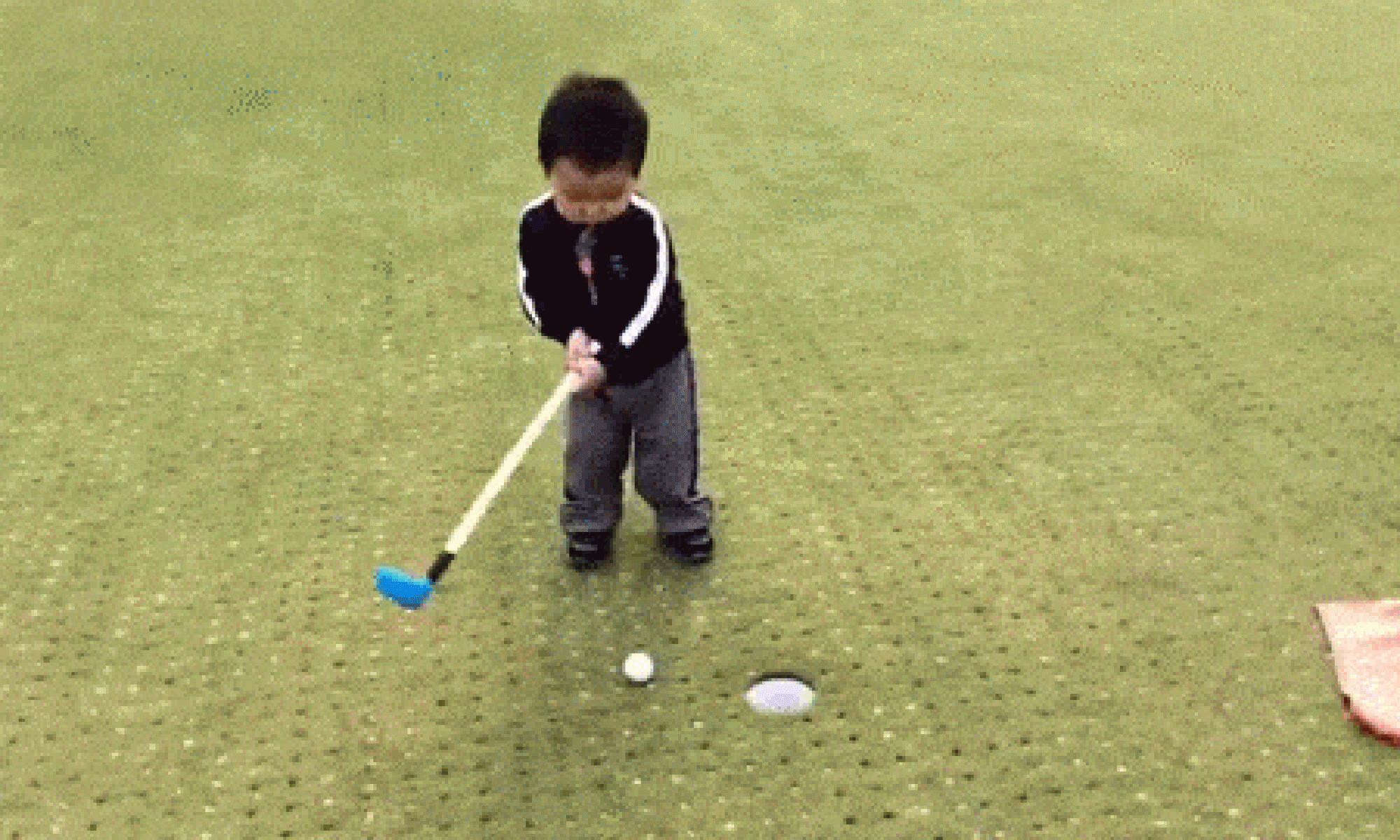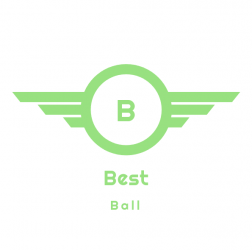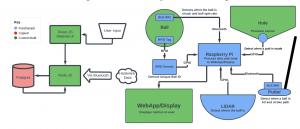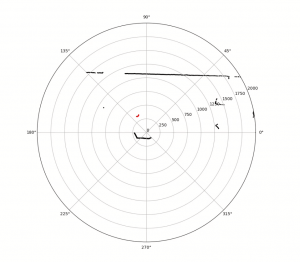What did you personally accomplish this week on the project?
This week I created a new GitHub Repository for our web app. I created the beginnings of the framework using a Django Python framework. I also added HTML pages to represent a couple of our pages that are required for the app. I created one opening web page that enables the user to say exactly how many players will be playing on the course. The user will also have a text box where they can identify both the name of the person playing and which set of clubs and which ball each person will be using. The second page I created represents the stats page. There will be a stats page for each individual playing. The stats page will have each of the corresponding golf stats for individual players. Additionally, I drew up designs for our actual putting green. We will be using a wood frame and plywood to support the course. Additionally, we will also have a green felt grass for the ball to roll on.
Lastly, I also wrote up a large portion of the design doc. After I presented last week, it was easy to translate into the document.
Is your progress on schedule or behind?
We are currently on schedule. The team has been able to test the RFID sensor and we were able to get our initial designs approved. We submitted our final design proposal, so that is on track. With the web app currently in development we are on pace to have a working prototype before we begin integrating with the hardware side. We only need to test a couple of other sensors before we can do this. We also put in a large order for screwable balls this week, so we can actually begin rolling the balls. We also registered for additional space so we can store our actual putting green. I think we will get this extra space in the coming week. We have also received our IMU so we will begin testing that this week.
What steps will be taken to catch up to the project schedule?
What deliverables do you hope to complete in the next week?
I want to test the IMU this week. I also want to test the pressure sensors. Personally, I will be focusing on finishing up an MVP model for the Web App this week. I want the user to be able to input all of their names. Additionally, I want it to be ready to display all of the stats. Lastly, it is also essential that I figure out how to integrate the web app framework with the SQLite database. I want to be able to easily store and display data so that it is most easy to understand. I am considering adding graphs to the golf stats part of the web APP.




